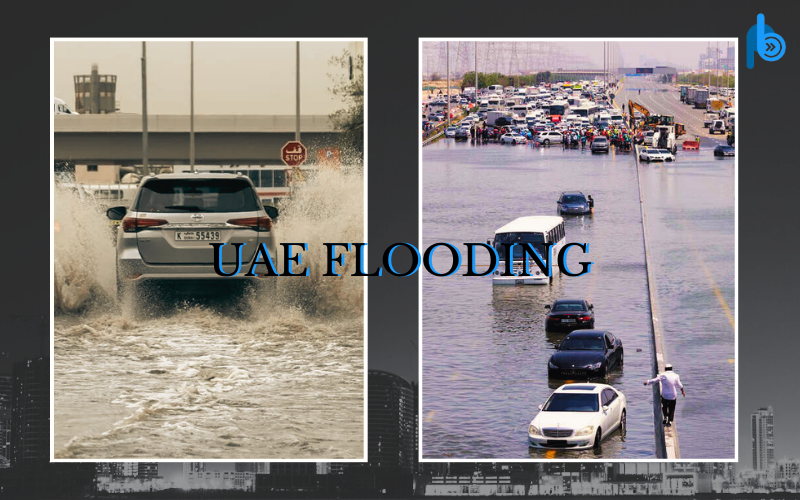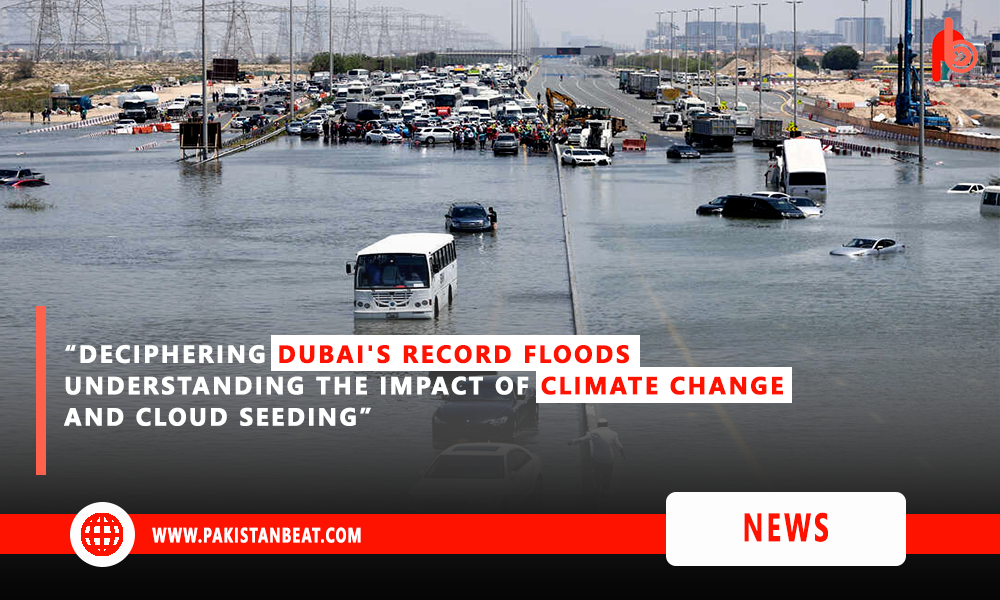Flooding in Dubai,
Renowned for its arid climate, Dubai recently encountered unprecedented rainfall, resulting in record flooding in Dubai. The intense downpours, particularly in the city of Al-Ain, highlighted the rarity of such events in the region. With malls and offices inundated by rainwater and videos surfacing of residents using rowboats, questions arose regarding the role of artificial rain in this catastrophe. While heavy rainfall might also seem unusual for Dubai, occasional excessive climate events are not unexpected. Given that, this change of climate came out as quite an alarm for residents and scientists alike.
The primary purpose behind the torrential rainfall became identified as a “reduce off” low-strain climate tool, which drew in heat, moist air and blocked one of a kind climate structures. This created atmospheric conditions conducive to heavy precipitation, resulting in rainfall quantities a long way exceeding the metropolis’s trendy annual common.
Change of climate significantly contributed to the intensity of the rainfall. Warmer temperatures, a result of climate change, can hold more moisture, leading to heavier rainfall. Scientists predict that as the climate continues to warm, heavy rainfall events like the one in Dubai may become more frequent and severe.

Regarding cloud seeding, a weather modification technique used by the UAE to increase rainfall, experts suggest that attributing the extreme weather solely to recent seeding of cloud operations is misleading. Seeding of clouds likely had a minor impact compared to overall weather conditions.
The UAE has been enhancing its infrastructure to mitigate the impacts of extreme weather events. Improved drainage systems and adaptation measures are crucial to prevent heavy rainfall from causing deadly floods.
In summary, Dubai’s record floods highlight the complex relationship between change of climate, natural weather patterns, and human interventions like cloud seeding. As the region adapts to the challenges posed by extreme weather events, a comprehensive approach to climate resilience and adaptation is essential to protect lives and infrastructure.
Some More Relatable Blogs of this Author: Gwadar Port’s Economic Rise




























